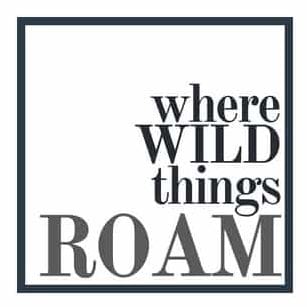Rwanda’s Magashi camp is getting conservation right
Newly opened Wilderness Safaris’ Magashi Camp, is strongly rooted in a core purpose: To help contribute towards the conservation and sustainable operation of Rwanda’s last protected savannah ecosystem, and to drive sustainable ecotourism in the wildlife-rich Akagera National Park.
Launched in partnership with African Parks and the Rwanda Development Board, collectively called the Akagera Management Company (AMC), Magashi forms part of Wilderness Safaris’ objective to build sustainable conservation economies in Rwanda and further entrench its commitment to extending sustainable ecotourism in the region by offering an extended high-end ecotourism circuit that goes ‘beyond gorillas’.

“The launch of our second camp in Rwanda – the first being Bisate Lodge close to Volcanoes National Park – is an exciting venture for us, as it demonstrates the difference that responsible ecotourism can make to rural Rwandan people and biodiversity conservation in a different ecosystem.”
commented Rob Baas, Wilderness Safaris Rwanda Operations Manager.
Our presence in the park enables us to assist AMC through a number of local initiatives such as the monitoring and study of endangered wildlife, training of future trackers, removal of alien invasive plant species and the support of post-graduate Rwanda conservation students, with the first research project due to begin in a couple of months”.
Rob Baas
Magashi’s primary conservation focus is on threatened species like the rare shoebill stork, listed as Vulnerable on the IUCN Red List. Wilderness also provides monitoring support to Akagera’s rhino reintroduction project, which saw a new supplementary population being returned to the park in 2021. They also continue to support AMC’s lion research through the sponsorship of satellite collars and regular monitoring.

Like all other Wilderness Safaris camps, Magashi is driven by the company’s 4Cs sustainability ethos of Commerce, Community, Culture and Conservation. With barely any tourism background, one out of three employees of the camp staff was sourced directly from the neighbouring communities. The company intends to hire more local people as it trains and develops its current staff into senior positions, and has also been sourcing local products and handcrafted gifts through community projects.

“In addition to our commitment to conservation and community empowerment, Magashi will celebrate culture through our locally-inspired interior design, traditional food and cultural presentations. The camp also boasts a light footprint, is 100% solar powered and completely single-use plastic free. We have no doubt that by offering a life-changing experience that is strongly rooted in a core purpose, we will inspire positive action. We look forward to sharing the wonders of Akagera with our guests.”
Rob Baas
About Akagera National Park

Located in North Eastern Rwanda, at the country’s border with Tanzania, is Akagera National Park.
Founded in 1934 to protect animals and vegetation, Akagera National Park is the largest protected wetland in Central Africa. The park used to cover over 2,500 sq. km but in 1997, it was reduced in size by close to 50%. A lot of the land was reallocated to refugees returning to Rwanda after the civil strife of the genocide. Before 1997, many refugees returning to Rwanda had settled in the area and the conservation area was harmed by poaching and cultivation.
In 2009, the Rwanda Development Board and African Parks signed a joint management agreement in which the Akagera Management Company was established to help both bodies manage the park. AMC is therefore responsible for the day-to-day management of the park.

Named after River Kagera, this National Park is dominated by swamps and small lakes that flow in the wake of River Kagera. These water sources create a spectacular backdrop for the rolling hills and are quite a remarkable ecosystem.
A common view around Rwanda, the mountainous scenery surrounding Akagera National Park is quite simply beautiful. The landscape inside the park ranges from low, wide, plains dominated by grass and cactus-like Euphorbia candelabra shrub that morphs into both thick and thin forests amongst rugged terrain that is so characteristic of Rwanda.
It is here you can experience the Big 5, and more, in Rwanda. The game drive experience is a scenic one, with wildlife like elephants, rhinos, buffalos and antelope species including; elands and topis. There are also Maasai giraffes, monkeys, savannah birds, civets, leopards, hyenas, as well as serval cats.

Birding in Akagera National Park is popular on land and via a lake boat cruise. It harbours over 520 species of birds which are found in this national park. The birders who visit Akagera National Park are always impressed by what they find, mostly the many bird species that range from water to forest and also savannah as well as the migratory bird species, and many of these are endemic to the park and are so rare like the papyrus gonolek which is found in the papyrus swamps.
Taking to Lake Ihema by boat is an activity not to be missed. Lake Ihema has got one of the largest concentrations of hippos in East Africa and there are many crocodiles that you will find along the shores of the lake. Water birds can be seen on a boating safari on Lake Ihema as well as a stunning sunset over the lake.
For more visit www.akagera.org
For more on Rwanda visit www.visitrwanda.com






